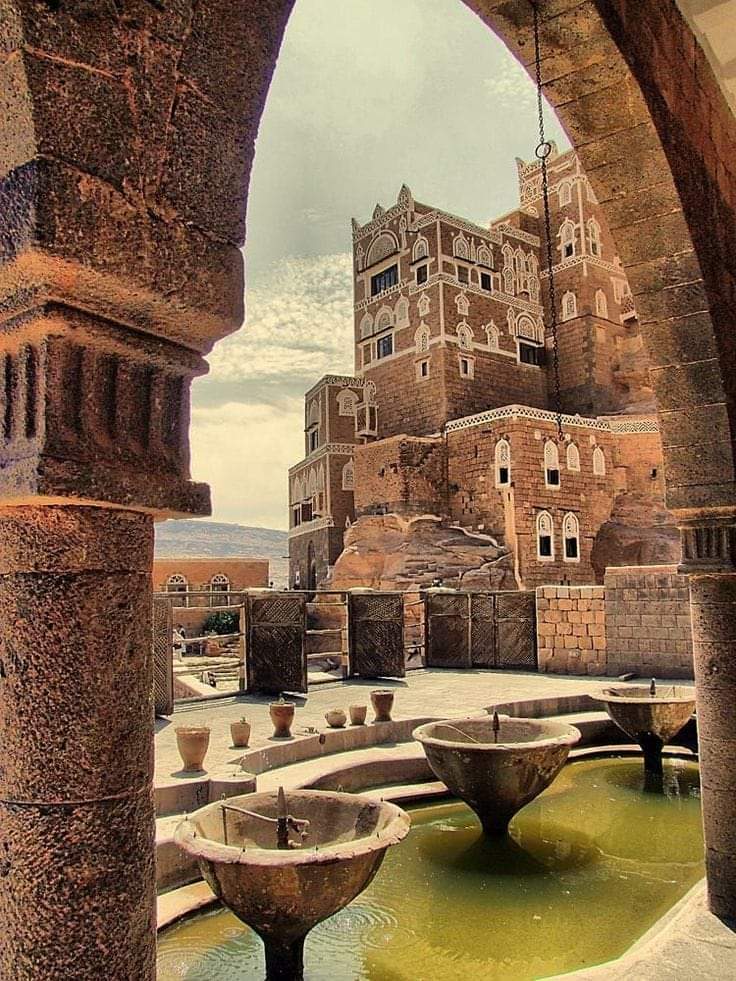As the largest annual gathering of people on Earth, Hajj brings together nearly three million Muslims from around the globe to perform one of the core pillars of Islam. Each year, the government of Saudi Arabia faces immense logistical challenges to accommodate the rising number of pilgrims—providing shelter, transportation, sanitation, food, and healthcare. However, beyond its spiritual and organizational magnitude, Hajj poses a significant environmental challenge.
During the pilgrimage season, thousands of tons of waste are generated, with detrimental effects on the environment if not properly managed. These include plastic bottles, disposable diapers, food packaging, and other non-biodegradable materials. Additionally, excessive water consumption, increased sewage discharge, and vehicular emissions contribute to air and water pollution. These pollutants are not only harmful to nature but also visually disruptive to the sacred sites. Unfortunately, many pilgrims lack awareness of their environmental impact, and disregard for proper waste disposal remains widespread.
What many do not realize is that environmental stewardship is deeply rooted in Islamic teachings. According to the Qur’an, humans are appointed as stewards of the Earth—charged with protecting and sustaining it. Therefore, the Hajj, a spiritual journey, also holds the potential to become a model of sustainable practice, provided pilgrims adopt eco-conscious behavior.

The Environmental Footprint of Hajj: A Data Snapshot
Recent estimations for a single Hajj season show alarming figures:
- Plastic waste: approximately 1,200 tons
- Water consumption: around 35 million liters
- Carbon dioxide emissions: close to 48,000 tons
- Food waste: over 5,000 tons
- Electricity consumption: more than 24,000 MWh
These statistics underscore the urgent need for reforms and responsible practices, both from authorities and individuals.
How to Contribute to a Greener Hajj
Governments and local authorities invest substantial resources to manage these impacts. However, individual actions remain key. The following practices can collectively reduce the environmental burden:
- Eco-conscious purchasing: Buy only what’s necessary; choose eco-friendly products.
- Water conservation: Use minimal water for ablution and bathing; report leaks immediately.
- Reusable bottles: Refill and reuse water containers.
- Sustainable meals: Avoid over-purchasing food; refrain from pre-packaged items.
- Minimal plastic: Avoid plastic utensils and shopping bags.
- Responsible waste disposal: Dispose of waste only in designated areas.
- Use public transport: Reduce reliance on private vehicles.
- Energy efficiency: Switch off lights and unplug chargers when not in use.
- Choose energy-saving appliances: When needed, opt for low-consumption devices.

A Spiritual and Environmental Responsibility
As global leaders meet to combat climate change, individuals too can make impactful pledges. Pilgrims must view environmental mindfulness not as a modern burden, but as a divine duty. Nature is God’s creation, and respecting it is a reflection of faith. A “Green Hajj” is not just a noble ideal—it is an achievable goal when pilgrims, organizers, and communities come together in the spirit of sustainability.
Let us commit to making Hajj a beacon of environmental responsibility—where spiritual purity and ecological integrity walk hand in hand. By doing so, the Muslim world can showcase that Islam offers a powerful platform for environmental ethics in the modern age.







